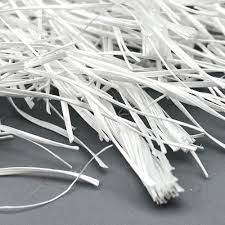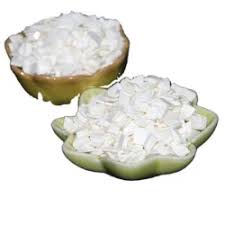Professional solutions on concrete addtives, Concrete Foaming Agent, Superplasticizer, CLC Blocks Additives, and foaming machine
PRODUCT PARAMETERS
Description
Introduction of Lignin Fiber
Lignin fiber is an organic flocculent fiber obtained by chemical treatment and mechanical processing of natural renewable wood. It can be widely used in asphalt roads, concrete mortar, gypsum products, wood pulp sponge and other fields. It can also be used to manufacture medium-density fiberboard and home building materials.
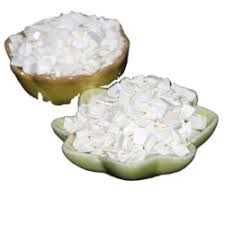
Product Function of Lignin Fiber
1. The structural viscosity of lignin fiber keeps the processed prefabricated slurry (dry and wet materials) stable and reduces the shrinkage and expansion of the system, which greatly improves the accuracy of construction or prefabricated parts.
2. Lignin fiber has strong antifreeze ability.
3. Lignin fiber is easy to disperse, forming a three-dimensional space result in the insulation material, and can absorb 6-8 times its own weight of water. This feature improves the material’s workability, operating performance, anti-slip performance, and speeds up construction.
4. The dimensional stability and thermal stability of lignin fiber determine the excellent insulation and crack resistance effect. The water transmission function of lignin fiber makes the slurry surface and the base interface hydrated sufficiently, thereby improving the surface strength of the insulation material, the bonding strength with the base and the uniformity of the material strength.
Parameter of Lignin Fiber
| Length | <6mm | Ash content | 13-23% |
| PH value | 7.0±1.0 | Oil absorption rate | Not less than 5~8 times the weight of the fiber itself |
| Water content | <5% | Heat resistance | 230℃ |
Application Fields of Lignin Fiber
1. Asphalt roads, highways, bridge decks, airport runways and other projects.
2. External wall insulation mortar, mineral mortar, wall mortar, etc.
3. PVC filtration, water-resistant putty powder, etc.
4. Relief coatings, internal and external wall coatings, etc.
5. Tile adhesives, etc.
6. Gypsum products, building wall panels, countertops, etc.
7. Prefabricated parts: concrete prefabricated parts, pipes, plates, etc.
8. Wood pulp sponge, compressed sponge, etc.
Usage Method of Lignin Fiber
Product Dosage:
1. Asphalt dosage: Under normal circumstances, the recommended amount of lignin fiber is 0.3% of the total mass of asphalt mixed aggregate. The specific amount of addition should be carried out according to the engineering design dosage and added accurately.
2. Concrete dosage: 1-2 kg/m3, concrete with special requirements can reach 15kg/m3.
3. Internal and external wall putty powder: generally add 0.3-0.5%.
4. External insulation mortar: generally add 0.5%.

Company Profile
Cabr-Concrete is the global leader in Low-Density Cellular Concrete (LDCC), Celluar Light Concrete (CLC), and advanced engineered foam solutions. Known globally for its commitment to research, innovation, and applied expertise, we have been providing engineered foam solutions since the early 2012’s.
We can supply Concrete Fiber over the world. The company has a professional technical department and quality supervision department, a well-equipped laboratory, and equipped with advanced testing equipment and after-sales customer service center.Send us an email or click on the needed products to send an inquiry.
If you want to know more about Lignin Fiber, please feel free and contact us: sales@cabr-concrete.com

Packaging and Storage of Lignin Fiber
Packaging: woven bag or carton 10kg-20kg per big bag, can also be produced and packaged according to user requirements.
Payment
T/T, Western Union, Paypal, Credit Card etc.
Shipment
By air, by sea, by express, as customers request.
FAQs of Lignin Fiber
Q: What are the main sources of lignin fiber?
A: Lignin fiber primarily comes from the pulping process of wood, where it is separated from cellulose. The two main methods of pulping include the kraft process and the sulfite process. Other potential sources include agricultural residues like corn stover, sugarcane bagasse, and rice husks.
Q: How does lignin fiber compare to synthetic fibers?
A: Compared to synthetic fibers, lignin fibers are generally less expensive and more environmentally friendly due to their renewable nature and biodegradability. However, they may have lower performance characteristics in terms of tensile strength and consistency compared to synthetic counterparts like polyester or nylon.
Q: Is lignin fiber sustainable?
A: Yes, lignin fiber is considered sustainable because it is a byproduct of the paper industry, meaning its production does not require additional resources beyond what is already being used to make paper. Additionally, it is biodegradable and derived from renewable resources.
Q: Can lignin fiber be modified?
A: Yes, lignin fiber can be chemically modified to alter its properties, such as improving its dispersibility in water or enhancing its bonding capabilities with other materials. These modifications can expand its range of applications and improve its performance in various products.
REQUEST A QUOTE
RELATED PRODUCTS
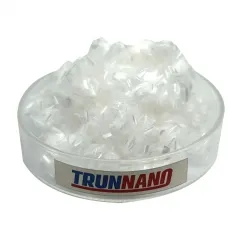
Premium Polyester Fiber For Concrete Use
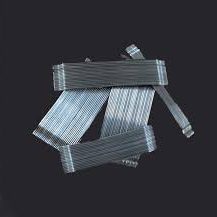
Factory Row Steel Fiber Price for Row Steel Fiber Concrete Hot Sale
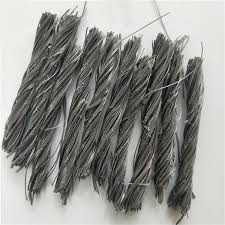
High Quality Polypropylene Bundled Fiber For Concrete Using
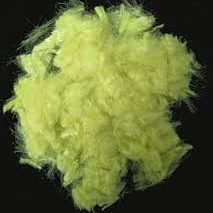
Aramid Fiber Aromatic Nylon For Concrete Use
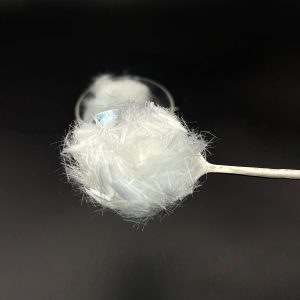
PP Series Polypropylene Crude Synthetic Fiber
